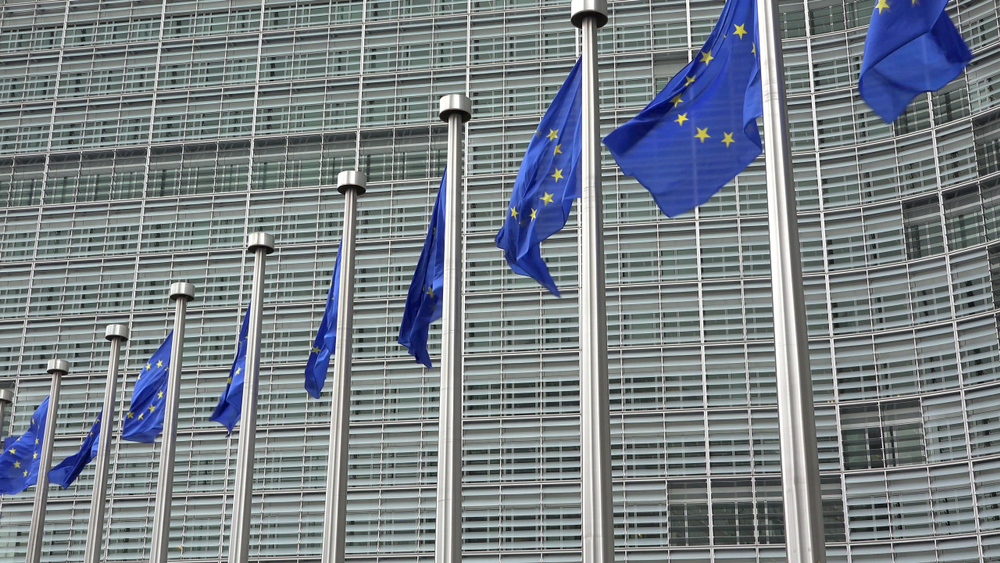The European Union’s Sustainable Finance Disclosure Regulation, known as SFDR, is making waves in the investment industry. The legislative measure, introduced in 2019, imposes mandatory sustainability reporting obligations on asset managers and other financial markets participants. This year, beginning in January, marked the first time when all the SFDR-related disclosures became mandatory.
The regulation is part of the EU’s Green New Deal, which, among other things, intends to direct more financial resources towards sustainable activities and to curb greenwashing.
The SFDR’s notoriety stems partly from its vague nature. Definitions, instructions, benchmarks, and best practices have been lacking regarding many central aspects of the regulation. This has left much to the interpretation of those tasked to implement it. This uncertainty made many in the financial industry nervous, as it seemed like things had to be improvised on the fly, without transparency as to what the regulator would in the end require.
The year 2023 marked the first time when all the SFDR-related disclosures became mandatory. The latest of these disclosure requirements to come into force concerns the disclosure of the principal adverse impacts (PAI) of investment decisions. This entailed collecting data from investment portfolio companies on a range of mandatory indicators, from greenhouse gas emissions to the gender pay gap.
In this article, I wanted to briefly take stock of the AlphaMundi Group’s experience so far of working to meet the SFDR’s requirements. Geneva-based AlphaMundi is an impact fund advisor that aims to align its funds with Article 9 of the regulation, which pertains to financial products with sustainable investments as their objective.
Impact integration
To adhere to Article 9, we had to: 1. Ensure that all investments contribute to a specific sustainability objective, and to gather data to prove it; 2. Strengthen the measurement and management of potential negative impacts related to our investments; 3. Clarify our impact management policy across different stages of the investment lifecycle; 4. Disclose, disclose, disclose.
To achieve the above, a dedicated full-time role was created within our organization, and approximately a year’s effort went into developing an appropriate framework, updating the company’s investment process, and providing essential training to staff and portfolio company leadership.
Now, the big question is: Based on our experience, is the SFDR helping the financial industry, and more broadly the society, move towards sustainability? In other words, is it worth the effort?
The short answer: Yes. The long answer: It depends.
We have already witnessed that the Sustainable Finance Disclosure Regulation has had a positive influence at least in the following ways:
- Influence on discourse: The SFDR has fostered a convergence of terms and language around sustainable finance. It has also helped to articulate a more central role for sustainable finance within the finance industry.
- Influence within organizations: For impact managers (or their likes), the SFDR provides legitimization and a solid wall to lean against when they advocate raising the bar on the integration of impact considerations into decision-making.
- Influence between organizations: When engaging with investees – for example with the goal of enhancing their data disclosure – referring to the SFDR can be helpful, since complying with its requirements may in the future become a source of competitive advantage for securing new funding sources or more favorable terms.
Capital allocation
However, regarding the long-term effects of the Sustainable Finance Disclosure Regulation, it depends. As its name suggests, at the end of the day the regulation is about disclosure. Hence, its effectiveness in driving change hinges first and foremost on someone reading those disclosure documents and acting on that information.
Furthermore, the requirements of the regulation leave much up to interpretation – an understandable necessity given the varying circumstances of different financial market participants and financial products. However, if no rewards exist for those interpreting the requirements in a strict way and developing their capacity accordingly, there is a risk that over time everyone will fall back to doing the bare minimum. Such a “ticking the box” approach has for example previously undermined the credibility of ESG standards.
This means that the ball is now in the court of the asset owners, who would need to sift through the disclosure documents, rewarding top performers and sanctioning those whose disclosures do not demonstrate a credible commitment to sustainability. The regulator also needs to play a role in closing this feedback loop, by further specifying the regulation’s requirements based on emerging best practices.
Return on investment
At this point, we do not yet have concrete evidence that the feedback loop is working. At AlphaMundi, compliance with Article 9 of the regulation has not led to observable increase in the interest towards our investment products. This will hopefully change in the future, but until then, the question posed in this article’s title remains unanswered.
Pekka Halla is a senior associate at AlphaMundi Group, overseeing the company’s Framework for Impact Measurement and Management (‘FIMM’). He holds a PhD in sustainability studies and is based in Lausanne, Switzerland.











